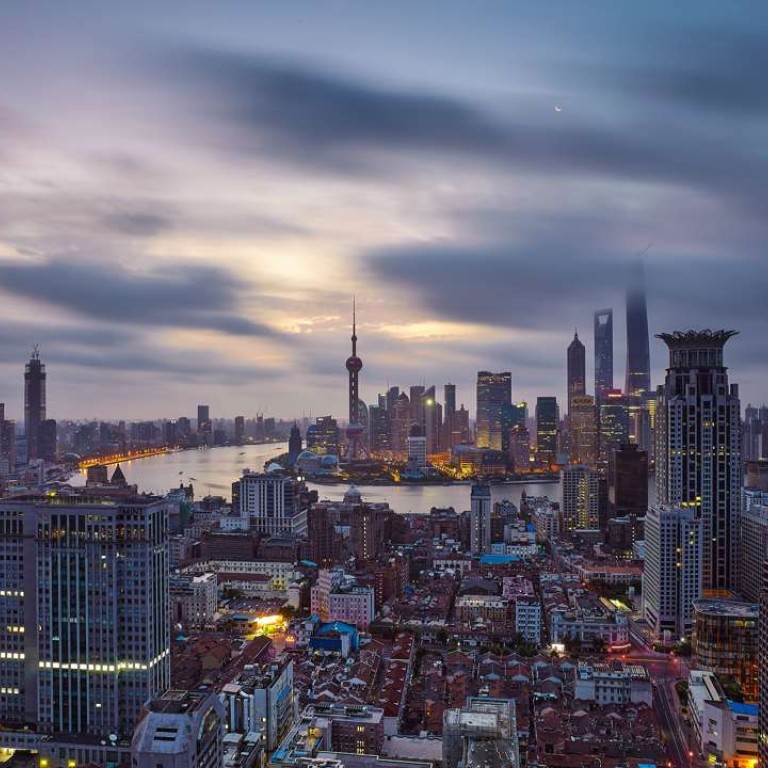
Shanghai focuses on service as city’s economy switches from factory production to profitability and consumer marketing
Shanghai’s economy has evolved from faster to more sustainable growth, thanks to the boom in the city’s retail, tourism, food and beverage, and real estate sectors
Booming retail, tourism, food and beverage, and real estate sectors have enabled Shanghai to lead China’s broader economic transition from faster to more sustainable, better growth.
“The big trend is the transition from a B-to-B [business-to-business] to a B-to-C [business-to-consumer] economy is in its final, most challenging stages,” says Richard Brubaker, an adjunct professor at the China Europe International Business School (CEIBS) in Shanghai.
The service industry in Shanghai now dominates other sectors and, in the first quarter of 2016, accounted for 70 per cent of the city’s total GDP, an increase of 6.7 per cent over the previous year. This was the highest share the service industry in Shanghai has recorded yet, and is well above China’s 50.5 per cent average.
“Service providers seem to be making a home here, with many professional services and advertising agencies choosing Shanghai as their base,” says Mark Tanner, the director of the Shanghai-based consumer research firm China Skinny. “This industry has supported strong demand from multinational corporations for some time, but as more Chinese businesses can no longer rely on cheap wages and are increasing focus on productivity, in addition to marketing strategy and branding, Shanghai is well-placed to capitalise on this.”
Service providers seem to be making a home here
Tanner, whose firm analyses consumer behaviour in many cities across China, says Shanghai’s consumers are some of the most sophisticated in the country, and are particularly advanced in areas such as travel and new product adoption. “For this reason, Shanghai will remain a landing spot for many businesses with innovative products and offerings,” he adds.
Many of these new service offerings are of the creative, conceptual type, such as the Rooster Bar on Yongkang Road, which has found success with a “USA dive bar” theme, and rare microbrews that are difficult to find elsewhere in the city; Gucci’s 1921 restaurant in the iAPM mall; and KFC’s robot-run restaurant at the National Exhibition and Convention Centre.
Unlike many other cities in the interior of China, Shanghai’s real estate industry is booming, with housing sales rising 16.6 per cent last year. However, the game has changed for the city’s property developers, as the once readily available supply of construction land has now become a premium resource. This has led to better planned, higher quality projects that are designed to enhance profitability.
“Downtown core property development is on the uptick in Shanghai now,” Brubaker says. “So you see a lot of commercial, you see a lot of residential coming into the core and, unlike a lot of the stuff that’s out in the middle of the farms, this stuff will only be built if they know it’s going to be sold and occupied and profitable.”
Last year, Shanghai’s economy grew 6.9 per cent, which mirrors the national average and indicates the country’s large coastal cities are at an advanced stage of transitioning to more sustainable, more mature economies.
“More macroeconomically, China is still growing and the growth is better,” Brubaker says. “It’s more higher quality, it’s less inefficient growth. So [there’s been] a lot of factory shut downs and, in the short term, it’s a challenge, but it’s actually a healthy process.”
